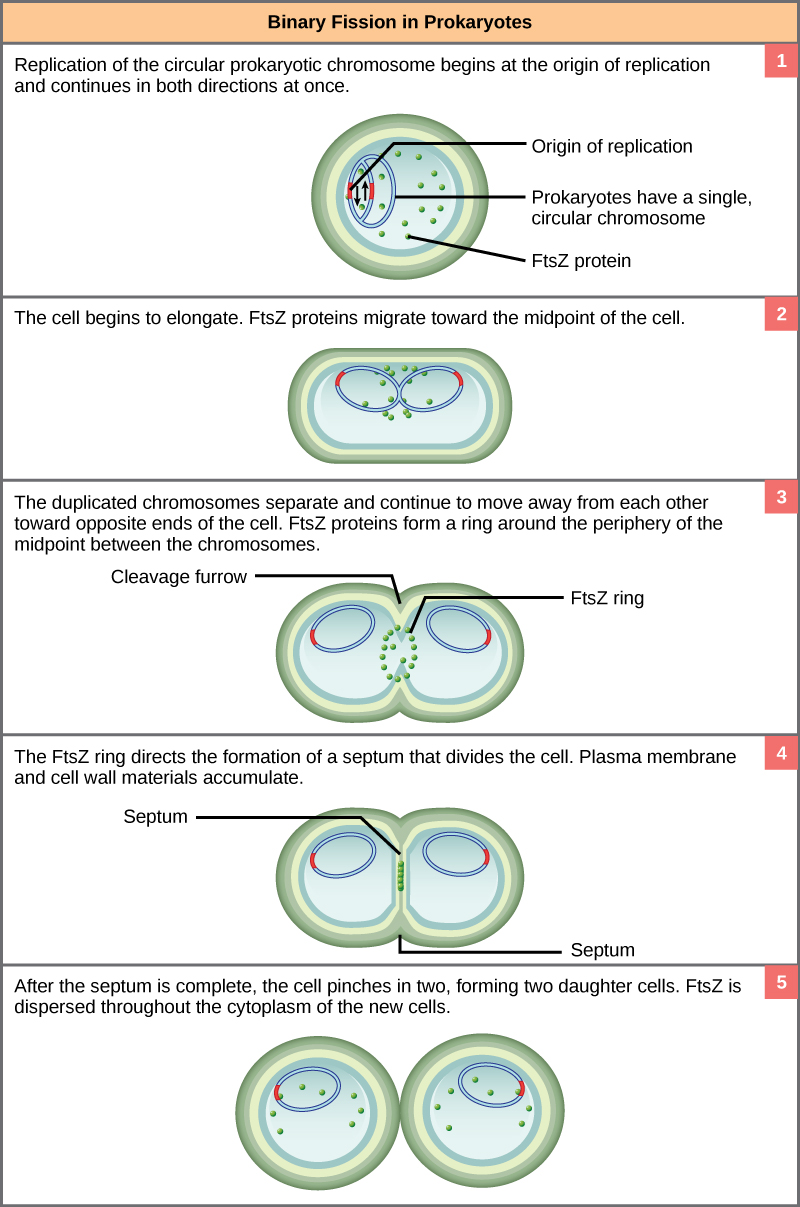EL CICLO CELULAR Y SU REGULACIN UNIDAD 2 BIOLOGA 2 Biology Diagrams In contrast, DNA replication in most eucaryotic cells occurs only during a specific part of the cell division cycle, called the DNA synthesis phase or S phase (Figure 5-34). In a mammalian cell, the S phase typically lasts for about 8 hours; in simpler eucaryotic cells such as yeasts, the S phase can be as short as 40 minutes. When a cell divides, it is important that each daughter cell receives an identical copy of the DNA. This is accomplished by the process of DNA replication. The replication of DNA occurs during the synthesis phase, or S phase, of the cell cycle, before the cell enters mitosis or meiosis.

Eukaryotic DNA replication is regulated to ensure all chromosomes replicate once and only once per cell cycle. Replication begins at many origins scattered along each chromosome. Except for budding yeast, origins are not defined DNA sequences and probably are inherited by epigenetic mechanisms. Init … A working model of DNA replication under cell cycle control has resulted (Figure 1b). However, a fully reconstituted in vitro replication system in which both initiation and elongation occur with all purified components is still lacking. Given all the tools of modern, recombinant DNA technology, this issue should be resolved in the future. The most basic function of the cell cycle is to duplicate accurately the vast amount of DNA in the chromosomes and then segregate the copies precisely into two genetically identical daughter cells. These processes define the two major phases of the cell cycle. DNA duplication occurs during S phase (S for synthesis), which requires 10-12 hours and occupies about half of the cell-cycle time in

DNA replication: Controlling initiation during the cell cycle Biology Diagrams
A model for cell-cycle control of DNA replication. The observations we have described have been incorporated into a model which seeks to describe how cells cycle between competent and incompetent states, how initiation of DNA replication is triggered, and how re-replication is prevented . The general features of the model are as follows. Within eukaryotes, DNA replication is controlled within the context of the cell cycle. As the cell grows and divides, it progresses through stages in the cell cycle; DNA replication takes place during the S phase (synthesis phase). The progress of the eukaryotic cell through the cycle is controlled by cell cycle checkpoints. The division cycle of most cells consists of four coordinated processes: cell growth, DNA replication, distribution of the duplicated chromosomes to daughter cells, and cell division. In bacteria, cell growth and DNA replication take place throughout most of the cell cycle, and duplicated chromosomes are distributed to daughter cells in association with the plasma membrane.
